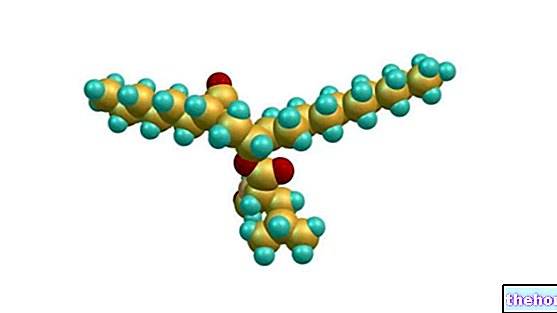Generality
The vega test is a naturopathy diagnostic system NOT recognized by traditional medicine.
It is used to reveal any organ malfunctions (kidneys, liver, endocrine and exocrine glands, etc.) or to identify adverse reactions to foods.

Origins
It was invented by Shimmel, even if the various basic "discoveries" related to its functioning would be attributable to the German physician Reinhold Voll. He, only in the middle of the last century, ventured into what still today they define electro-acupuncture (E.A.V.).
Voll began by evaluating the electromagnetic charge of the Chinese acupuncture zones, respectively communicating through fixed meridians: 12 according to the classical discipline, plus another 8 that he discovered by himself. These meridians connect the organs to points of great sensitivity, letting a specific electric current flow (object of the analysis). By standardizing the evaluation, Voll devised a particular diagnostic method to identify any alterations in this electric charge; moreover, he understood (yes goes to say) that each organ had a particular frequency, but not found in the others. Finally, by applying substances on these points, the doctor realized that "particular" reactions were taking place; it was thus that he developed the Medicament Test .
Only in 1976, Shimmel invented the real vega test.
How does it work?
The vega test is based on the operation of an electronic device.
This tool, interacting actively and passively with the human organism, should provide data on certain organ disorders (pancreas, liver, etc.) or on various forms of altered food tolerance.
The vega test communicates with the body through the continuity of an electric cable, at the end of which there are two electrodes; one fits into the instrument, the other is applied to the skin.
In the vega test there is a specific housing in which it is necessary to load special vials containing a liquid in solution. For example, by inserting the specific vial for the liver and applying the electrode to a specific point of the body (on the skin), the vega test would measure its bioenergetics and detect any compromises of this organ.
Reliability
As "it is easy to deduce, the vega test does not enjoy any reliability. To eliminate any doubts, in January 2001 an experimental titled"Is electrodermal testing as effective as skin prick tests for diagnosing allergies? A double blind, randomized block design study"; the study concluded that"the results of the electrodermal tests did not correlate with those of the skin tests. Electrodermal tests did not distinguish atopic and non-atopic subjects. No element of the Vega test device was better than the others and no atopic state of any single participant was consistently diagnosed'.
The vega test is therefore not an effective method for diagnosing organ disorders or various food intolerances.




























